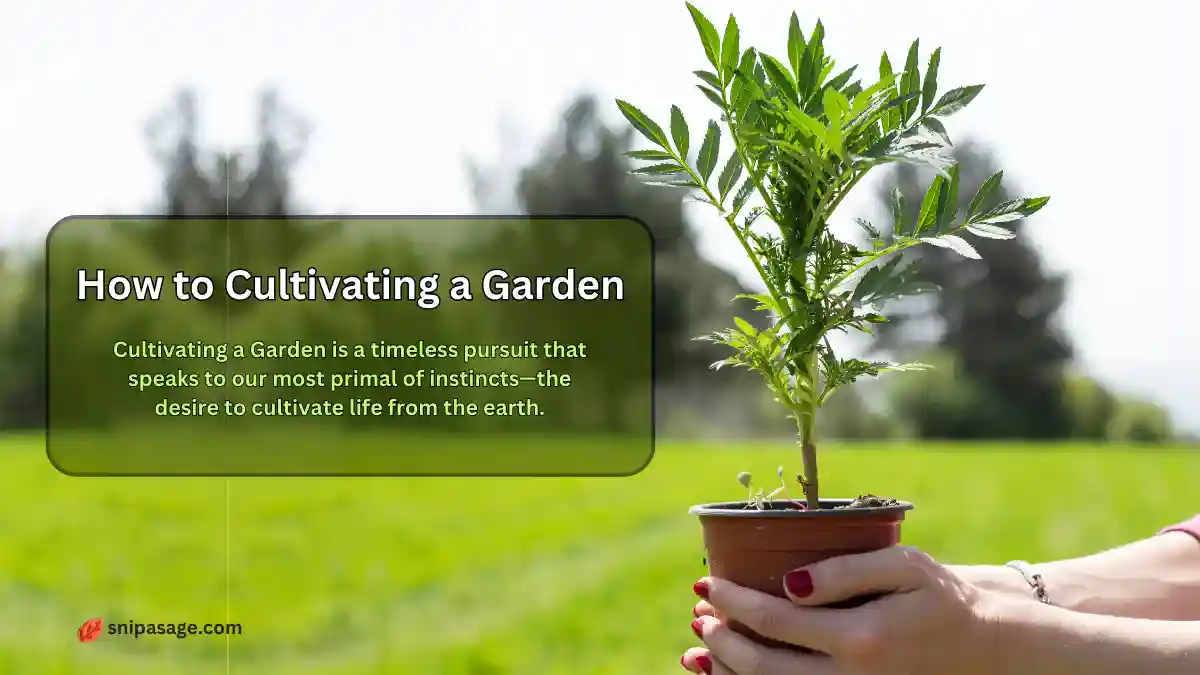Cultivating a garden is an age-old activity that touches on our deepest instincts or those that have to do with nurturing the earth. If you live in the countryside, whether it’s just a compound or even simply a balcony, cultivating your plants and flowers can be very gratifying. This complete guide will walk you through your journey of gardening; it will offer tips and useful information for aspiring first-time tillers as well as old-time farmers seeking to widen their scope of knowledge.
By adopting the practice of gardening, one can take up numerous advantages. It is not only because it brings about fresh organic food and beautiful flowers but also enables an individual to exercise, relax mentally, and feel like taking care of the environment. As more cities are coming up all over the world, gardening is no longer a mere hobby but rather becomes a necessity for keeping in touch with nature.
Anybody willing to be part of this process, regardless of what they know or how big their space is at home. This guide will help convert your green dreams into flourishing gardens by choosing an appropriate place and finally reaping the fruits of your hard work.
Step: 1 Choosing the Right Space for Cultivating a Garden
Choose a good place. The best place will be one that has the right combination of sunlight, soil type, and drainage that suits your plants.
Assessing Sunlight, Soil, and Drainage
Most plants need some light to grow. You can spend a day assessing the potential areas in the garden noting how long they receive sunshine and its quality as well. For example, vegetables and many flowering plants need at least six hours of direct sun daily. Beyond sunlight, examine your soil. The ideal time to do this is just after it rains. Does it remain wet for several days? Or does water drain away quickly? Most crops prefer soils with good drainage; if you think your chosen site is too moist, raised beds or containers may be used as remedies.
Finally see what the soil is composed of and its pH levels. A simple test from the nearby plant shop can tell you whether it’s alkaline or too acidic by revealing its pH balance. This step is vital because there may be a need for amending the soil to provide land where plants can survive well.
Container Gardening for Limited Spaces
People with limited space can overcome this by adopting container gardening, which is highly flexible. For instance, you may have a balcony or patio where you can grow different plants.
When selecting containers, consider the type of plants you would like to grow. A big pot that has enough room for the roots to grow is needed for some crops like tomatoes. Consider the aesthetic appeal and ensure there are drainage holes since they will form part of your garden’s decoration.
Step: 2 Selecting Plants
The identity of your garden depends on the plants you decide to have. Climate, time of year, and personal preference are key factors to consider.
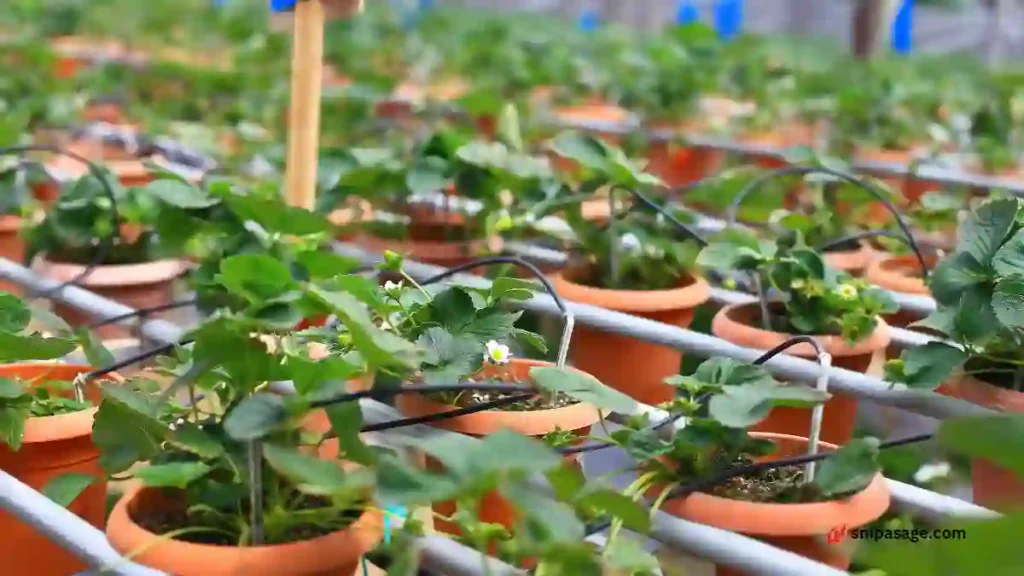
Considering Climate, Season, and Personal Preferences
Spare some time to investigate the climate in your zone and opt for plants that do well in your area. Indigenous plants are ideal picks since they’re adapted to local weather conditions and require minimal intervention. Consider how long the growing season you have when choosing your crops. For those who like fresh homegrown salads, quick maturing varieties grown successively will ensure a constant supply.
And never underestimate the power of your taste buds. These could be any plants whose colors, scents, or expectations of a good harvest delight you.
Annuals, Perennials, and Vegetables
The garden boasts a diverse array of plants to satisfy various interests. Some bloom and produce seeds within a single growing season, while others return reliably year after year. Blending the aforementioned categories will maintain the intrigue and beauty of your garden throughout every season.
Step: 3 Preparing the Soil
Surviving the garden is completely reliant on fertile soil. It involves backing up the development of flora, feeding them, and retaining moisture.
Soil Testing and Amendments
Therefore, you must get to know everything about your ecosystem before you begin farming it. Take samples from different areas in your farm, have them analyzed at the lab, and then go by what they tell you on how to modify it accordingly.
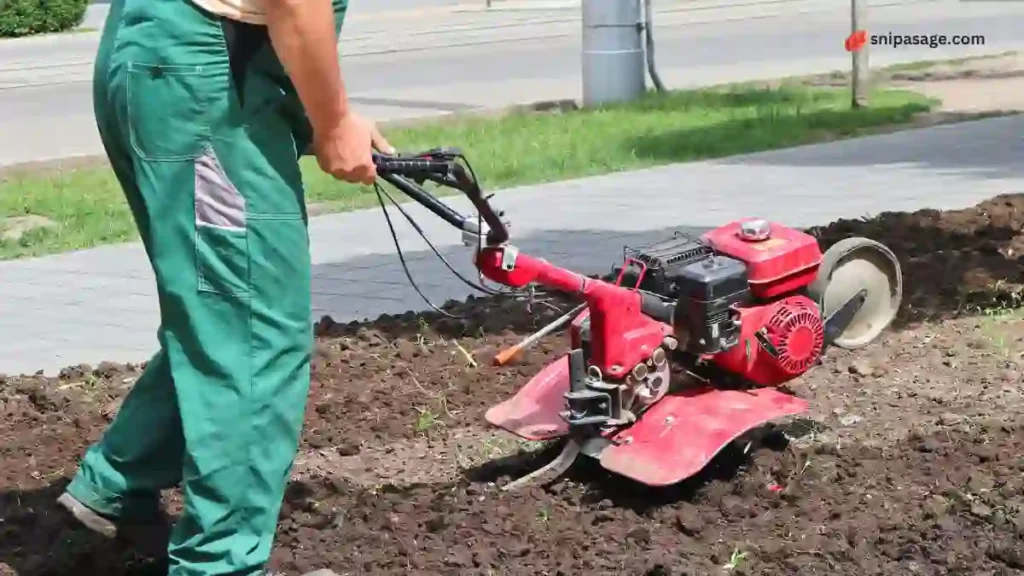
Most garden soils generally benefit from adding organic matter like compost. It improves fertility, increases microbial activity, and enhances moisture retention, thus lowering supplementary watering needs.
Composting for Organic Gardening
Making composting is an easy, yet efficient way of turning kitchen and garden waste into nutrient-rich soil enhancers. You can create a compost pile in your garden or use a composting bin; then, it will be some months before you have a rich ‘black gold’ for feeding your garden.
To start with, the main thing is to ensure that both crops are planted and a conducive condition is created for their growth.
Step: 4 Planting and Watering
Now that they are off the starting blocks, planting needs to be done after having prepared the ground.
Proper Planting Techniques
The depth of planting and spacing determine how the roots develop, thereby influencing optimal growth. Place each seed or seedling at its rightful distance from others around it. While planting, you can water young plants at the base to encourage deep rooting. Also think of erecting supports such as tomato cages or stakes so that you will not interfere with roots during transplanting as well.
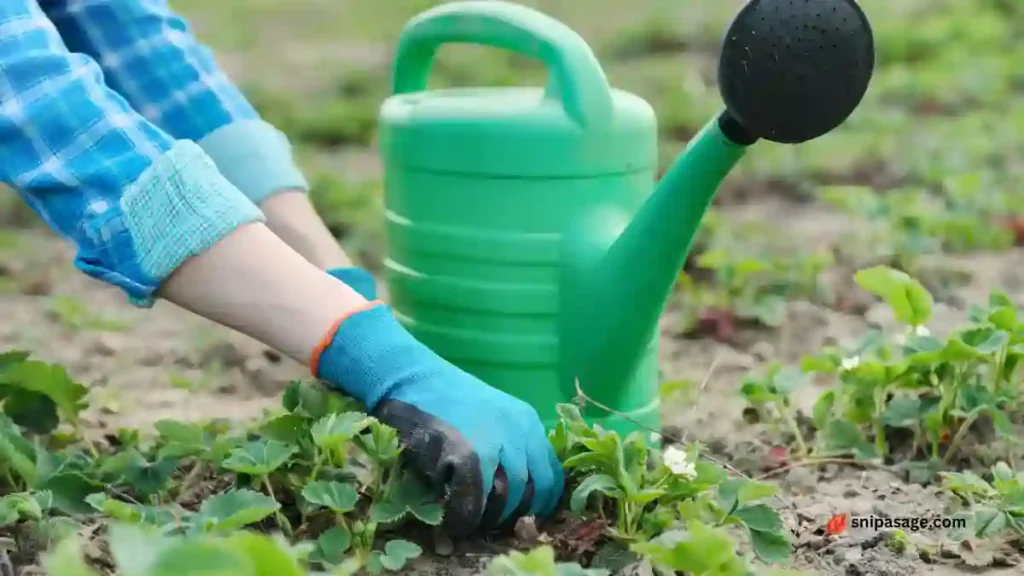
Watering Needs and Techniques
Although water is crucial for their growth, it can destroy plants if it is too much. The weather around your area, the type of plants, and the soil will dictate how often you will need to water. In general, deep watering is better because it encourages deeper root development.
To avoid evaporation losses and to allow foliage wetting ahead of day temperature rise, do your watering either in the morning or late in the evening during the summer season.
Step: 5 Maintaining the Garden
A garden has yet to be maintained by merely planting it. A regularly maintained garden can only be healthy and productive.
Weeding, Pruning, and Pest Control
Weeds rob important nutrients and moisture from plants; thus, there is a necessity for their control. It’s easier to weed regularly than having one huge clean-up later on.
Good plant health depends on pruning, which also avoids overcrowding. Remove dead or diseased branches as well as shape the plants so that they receive enough light and airflow.
Pests are a challenge; however, this does not imply that all insects are bad. Intervene only when you can differentiate between them. Some organic ways of pest control include; attracting beneficial insects or using home-made sprays.
Fertilizing and Mulching
Plants that lack nutrients need to be fertilized in different ways. These include compost tea and seaweed extract if organic options are chosen. Synthetic fertilizers should not be used in abundance, as they can destroy the fertility of soil and contaminate water with chemicals.
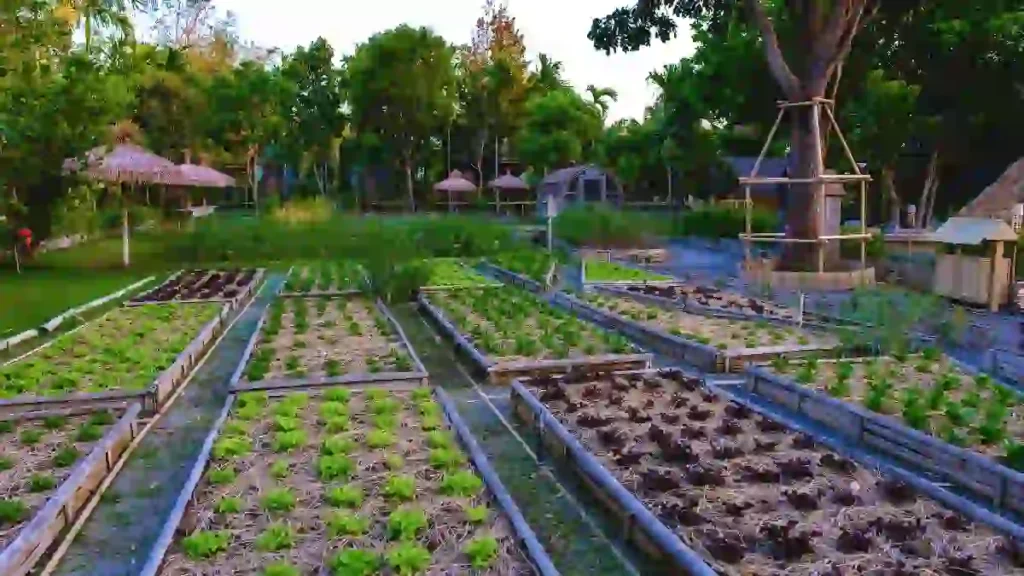
Mulching helps to retain moisture in soil, prevent weeds from growing on it and adds organic matter into the soil. For instance, use grass clippings or straw that you already have.
Step: 6 Harvesting and Enjoying
The most satisfying part about gardening is harvesting your produce. Therefore, know when your fruits and vegetables are ripe for picking, and pick them often so as to encourage more growth. Savoring fresh flavors along with knowing that you’ve grown food for yourself plus others using the most sustainable method possible.
Knowing When to Harvest
To get the hints, you can look at how a plant is. You will soon become experienced with this. To get the best flavor and texture, harvest crops like beans and cucumbers while they are still tender. Harvesting root vegetables can be done when they are of different sizes.
Bonus
Recipes and Tips for Using Homegrown Produce
A garden is worth investing in because it can produce dishes that are varied endlessly. It is possible to experiment with different kinds of meals as the size of the garden increases. There are different ways vegetables and fruits can be preserved.
Wouldn’t you rather purchase a cookery book or register for a course on how to prepare meals grown from your garden? Eating an entire meal that you have prepared yourself is incomparable to anything else.
Conclusion
Gardening is a timeless art that embodies sagacity, forbearance, and simplicity beyond measure. It is an escape from the noise and confusion of the world into direct contact with nature. Remember that every season offers you another chance to learn and develop your gardening skills.
These must be taken erroneous actions that should not discourage you; it is a process like trial and error. Rather than pretty gardens or fruits, such work as this will give you self-esteem and greater inner power. To cultivate your soul by yourself. So why wait to put it in the ground?

